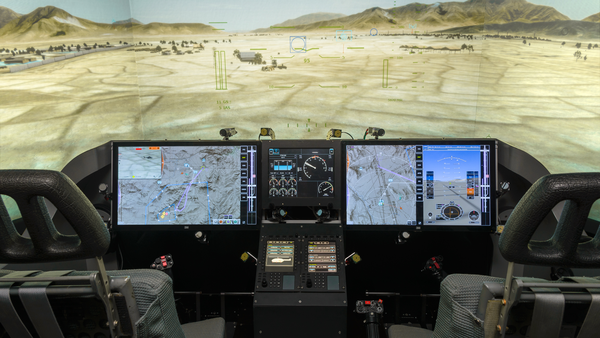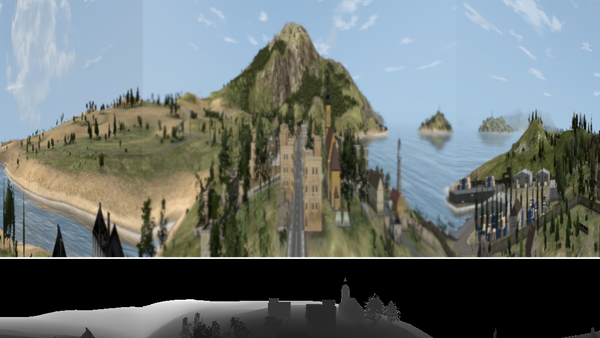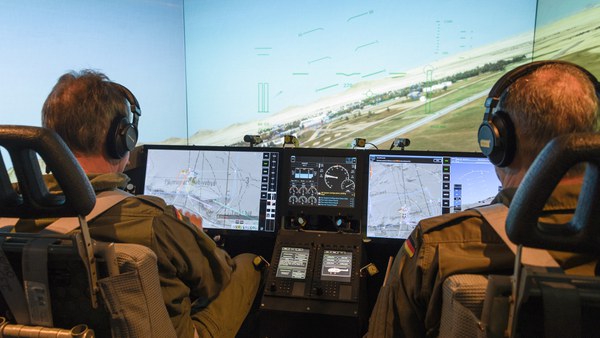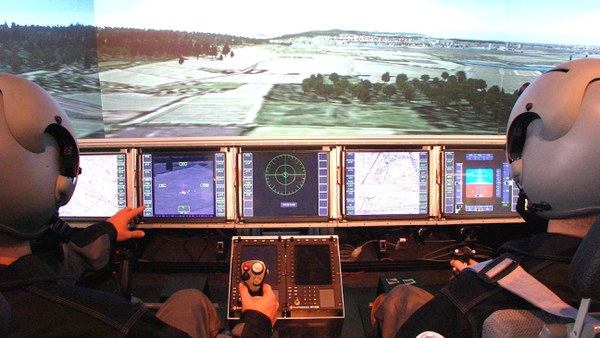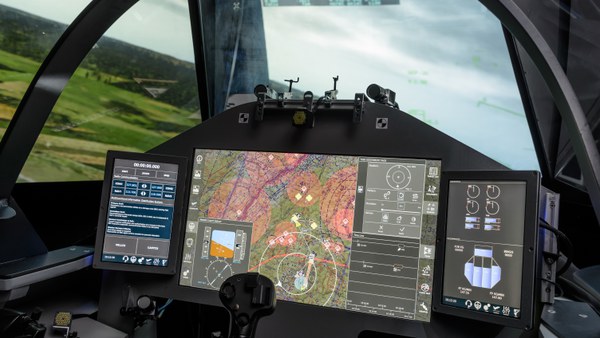Challenge
Automation in the cockpit has been increasing for decades. The machine can take on more and more tasks and people are becoming more and more "supervisors" of the work process. This trend undoubtedly brings advantages such as safety and efficiency, but also new problems: Lack of situational awareness, loss of control and "blind trust in automation" are just a few of them.
Our goal is therefore to integrate automation into the work process, which has an image of the mental state of the pilot, and thus counteracts the typical "human factors" problems.
Approach
This adaptive automation configures itself so that the scope and type of automation functions match the pilot's mental state. In contrast to adaptable automation, this is done without human intervention, which is a key function in highly demanding task situations. Adaptive automation is based on a context-rich description of the pilot's mental state. In order to be able to offer automation functions on a task-related basis, automation must know both the current and future task and work demands posed on the pilot.
Research
The Professorship of Aircraft Dynamics and Flight Guidance develops concepts for adaptive automation and tests them in various fields of application. One focus of the investigations is on operator observation, which produces the mental image. Central questions here are:
- How can you operationalize a pilot's mental state?
- Which sensors, processing and abstraction methods are suitable?
- How can reliable surgeon observation be integrated minimally intrusively into the cockpit?
A second research focus deals with the adaptation of automation functions on the basis of the mental image. Central questions here are:
- According to which rules should adaptive automation behave, i.e. when are which automation functions suitable?
- What information is required to adapt the automation?
- How do you teach the pilot the dynamics of the distribution of tasks between man and machine?
